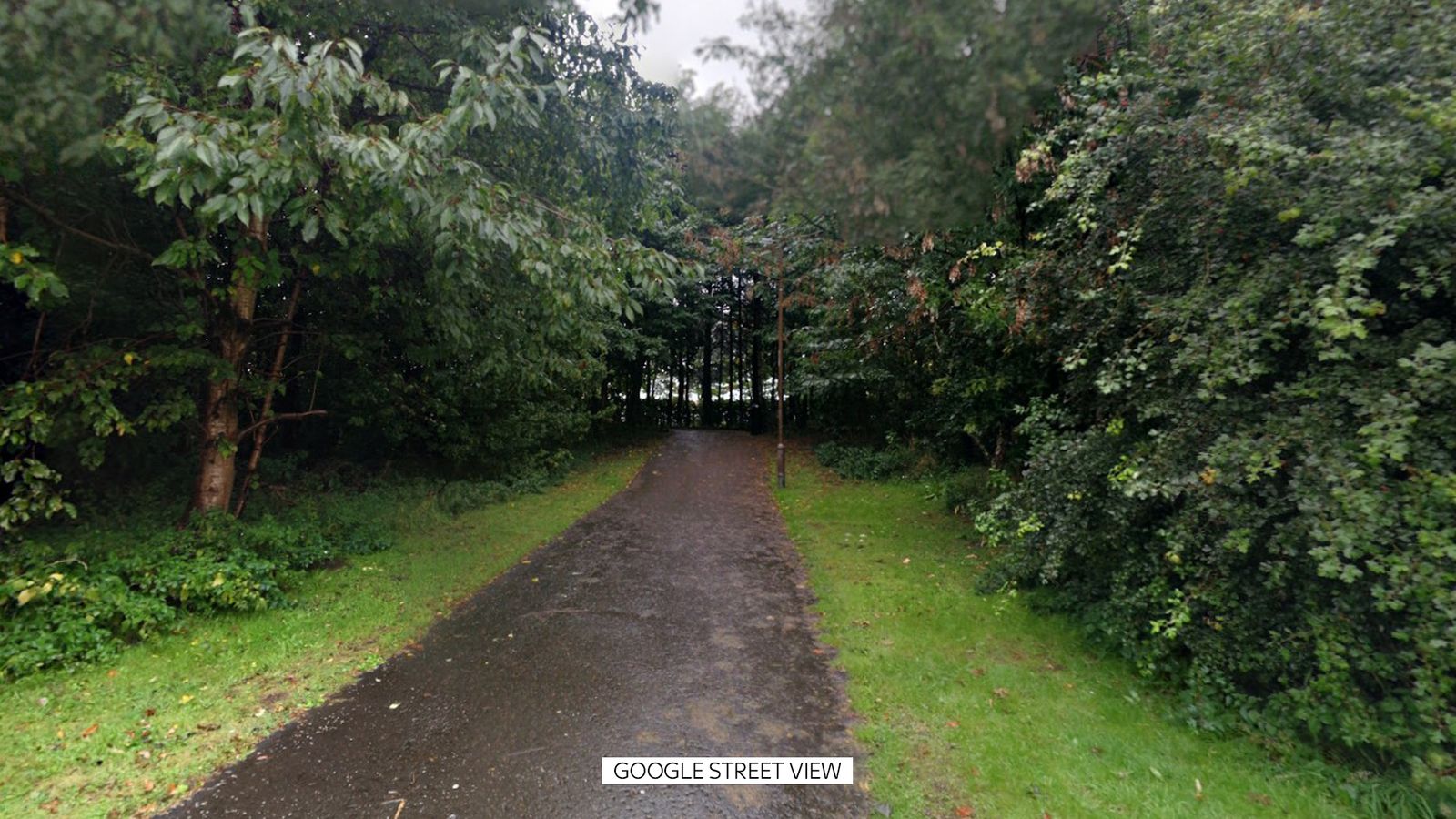The latest inflation data will provide some relief to officials at the Treasury.
The consumer prices index is falling in line with the Bank of England’s forecasts and, by the end of the year, it will be half the level it was last year.
That will allow the prime minister to claim he has accomplished his primary policy aim, even though it is one he has played a very limited role in.
The job of reducing inflation has largely been confined to the Bank of England and the sharp drop in the headline rate has been driven by forces outside policymakers’ control, chiefly a big drop in wholesale energy prices.
Nevertheless, things are moving in the right direction, inflation is falling but the process is creating other forms of financial malaise for households.
The Bank of England has raised interest rates 14 consecutive times.
That has hiked up borrowing costs across the economy and created mortgage misery for millions of households.
Inflation figures: Sharp fall in the rate at which prices are rising due to record gas price fall
The Big Short investor Michael Burry bets $1.6bn on stock market crash
Spending calculator: See which prices have gone up or down
It is also leading to a rise in unemployment, which hit 4.2% in June. Inflation is falling in line with the Bank of England’s forecasts but unemployment is now rising faster than it expected.
Please use Chrome browser for a more accessible video player
Inflationary flags across the economy
There is no immediate end in sight.
The rate hikes are likely to continue because, although inflation is coming down, there are still inflationary flags popping up across the economy.
The most pressing concern is the pace at which wages are growing.
Official figures released on Tuesday showed that wage growth hit 7.8% in the three months to June, compared to the same period last year. That’s the fastest growth rate since comparable records began in 2001.
Read more:
Spending calculator: See which prices have gone up or down
Cost of living – latest: ‘Worrying sign’ within inflation data
That’s alarming for policymakers because robust pay growth risks spurring inflation even higher and the consequences of this wage pressure can be seen in the core inflation rate.
This strips out volatile items, like energy and food, and measures underlying price pressures in the economy. The core inflation rate remained sticky at 6.9%, which suggests that healthy pay rises are supporting demand and, in turn, prices.
Be the first to get Breaking News
Install the Sky News app for free
This can also be seen in the services inflation rate, which jumped from 7.2% to 7.4%. The increase was driven by a rise in restaurants and hotel inflation, from 9.5% to 9.6%.
The Bank of England will be keen to crush these signs of persistent inflation, so another interest rate hike is highly likely.
Financial markets expect the Monetary Policy Committee to raise rates by 25 basis points to 5.5% when they meet in September.
That being said, the recent rise in unemployment should, in theory, start to dampen pressure on wages and inflation.
There are already signs that this is happening.
The core inflation rate only looks stubbornly high on an annual basis but if you look at the month-on-month changes, the core rate is actually falling – so there is evidence that the pressure is starting to ease.












